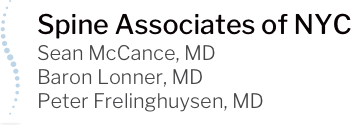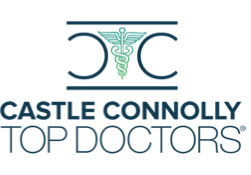Exclusive Guest Blog Post, “How Yoga and Pilates Help Body Alignment,” By Kristin McGee
I discovered yoga and Pilates when I first moved to New York City in the early 1990s. I was always an active child growing up in Idaho, playing tennis, skiing, hiking, and dancing, but it wasn’t until I started practicing yoga and Pilates that I connected to my body in an entirely new way. Whether we are active or sedentary, chances are we aren’t fully aware of how we are using our body. From office workers to pro athletes, I’ve had all sorts of clients come to me with aches and pains due to misalignment.
Yoga and Pilates are made up of mind-body movements, which means that every part of us is fully involved in the practice. It’s impossible to perform either activity without being fully aware and focused. In other aspects of our lives, we are often doing things without being 100 percent present. A professional skier may be aware of the race he’s competing in, but he may not be thinking about how he’s squatting, or whether he’s using both sides of his body evenly while whizzing through the gates. An office worker sitting at a desk is often immersed in completing a task and completely unaware of her posture and breathing.
The importance of breath
The very first thing we do in yoga or Pilates is to center ourselves and connect to our breath. In yoga, we use ujjayi breathing: a deep breath in and out of the nose while slightly closing off the back of the throat – so the breath has some sound to it. The goal is to keep listening to the deep oceanic sound of the breath throughout the practice to stay focused. Ujjayi breathing also calms the parasympathetic nervous system, and allows the body to relax into deep stretches. Pilates uses an inhalation through the nose and an exhalation from the mouth to help the core muscles contract and stabilize the spine. The breath is an integral part of the Pilates practice as well as the yoga practice, and allows for a deeper connection to the powerhouse, or deep transverse abdominals, which are directly related to the diaphragm.
The importance of balance
In yoga and Pilates classes, every movement is performed evenly on both sides.
There is an emphasis on using the entire body as a whole while staying connected to the midline. In many sports and even daily activities, we are one-side dominant. We swing a golf club or tennis racquet repeatedly with the same arm, we carry our handbags on the same shoulder, and we use the same hand to control the mouse pad for the computer. The goal of yoga and Pilates is to unite the mind and body so that we are aware of our imbalances, so we work to improve bilateral integration of the body.
The importance of control
Both yoga and Pilates involve a heightened sense of concentration and control. In fact, Joseph Pilates originally named his method “Contrology.” Ancient yogis have always been fascinated by control, and how we can do amazing things with our bodies when we fully concentrate. When we are in control of our movements, we use our body properly. We learn to work from our center, we lengthen our limbs, we move with awareness and evenness, we find balance, and we become grounded. We also tap in to our weak links and work to make them stronger. Yoga and Pilates are well-rounded practices, and not a single body part gets left out. In yoga, we work all the way from the tops of our heads through to our pinky toes. In Pilates, every part of the body is emphasized. Both techniques are extremely precise, but at the same time, fluid. In life we want our movements to flow while staying aligned in our body.
The importance of the spine
Joseph Pilates often said, “You’re only as young as your spine is flexible.” Yoga and Pilates both emphasize the importance of our spine and our back body. Often we focus on our “mirror muscles,” or those we can see in our reflection. In order to be aligned in our body, we have to strengthen our back as much as our front. Yoga postures and Pilates movements involve many back body strengtheners and lengtheners. Cobra, Swan, Bridge, Warrior 3, and Swimming are some of the well-known postures we perform to work on our back body and bring length to the spine. We tap in to our core strength — powerhouse in Pilates and Root Lock and Flying Up Lock in yoga — to stabilize and mobilize our spine. I believe a strong backbone is one of the most important aspects of both practices, helping us stay centered, aligned, strong, and flexible.
Most importantly, yoga and Pilates connect us to a deeper sense of self. When we take the time to listen to our body, and engage in our movements from a place of awareness, we discover a completely new appreciation for it. Being aligned is more than just physical — it’s also a mental space that allows us to be creative, free, and happy. Yoga and Pilates bring us joy, and being at peace and content is the essence of being in alignment with ourselves and the universe around us.









